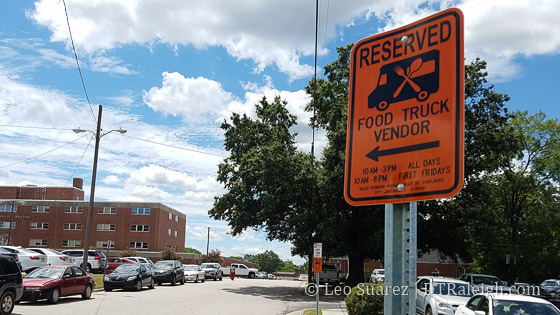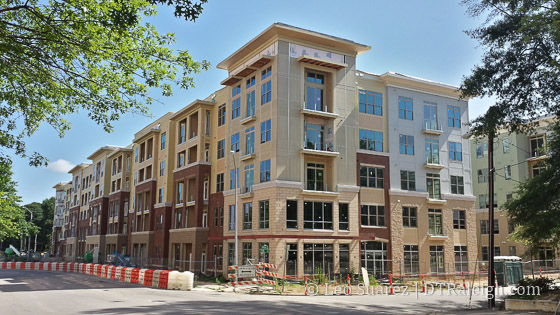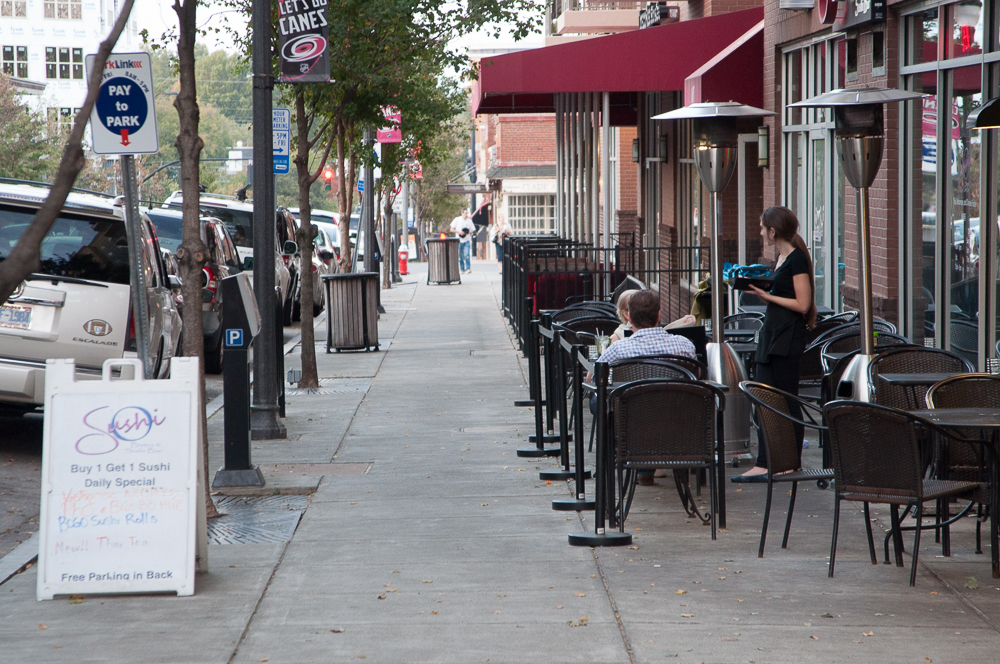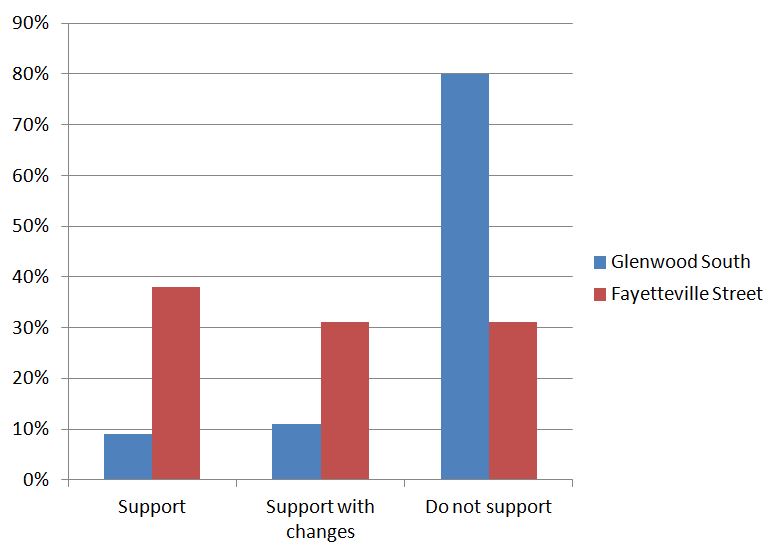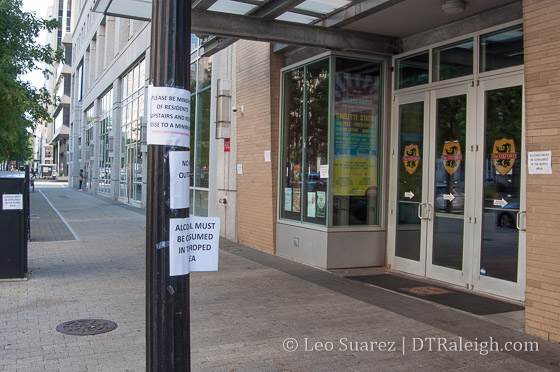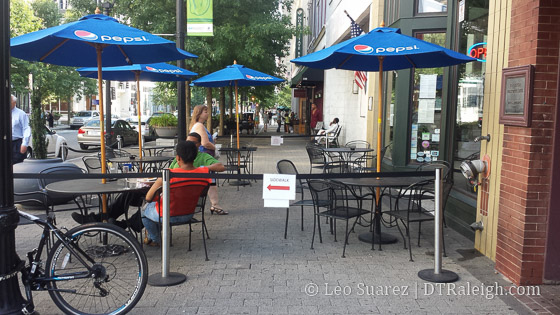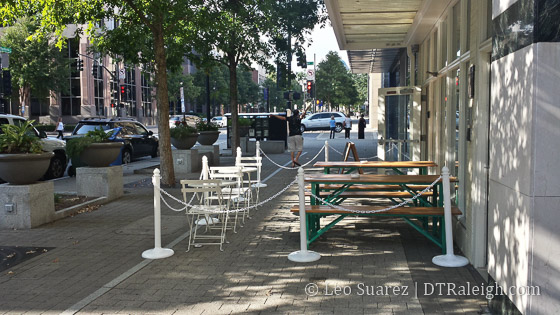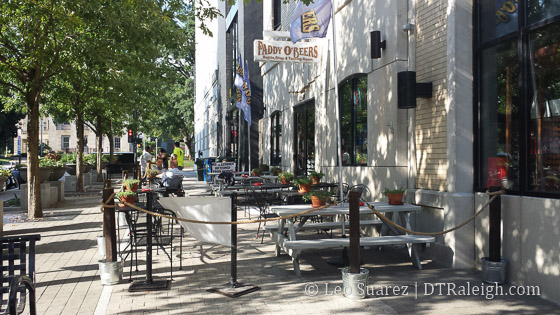This is kind of a thinker post that I wanted to put out there. I haven’t talked about Raleigh’s image, including the image we’re trying to give off, in awhile but it is something that I’m always sort of thinking about.
I was watching a talk from Aaron Renn about Columbus, Ohio a few weeks ago. Normally, I wouldn’t catch this sort of thing but since I find myself in Columbus once or twice a year and I like Renn’s work, I watched the talk.
This one quote really stuck with me as he talked to a crowd about what people around the country are saying about Columbus.
The more different you are as a city, the easier it is to get market attention and that’s what I’ve kind of noticed that while every company tries its hardest to tell you how much different and better it is than every other company, every city basically tries its hardest to tell you how it’s exactly the same as every other city that’s conventionally considered cool.
*Where Does Columbus Go From Here?
I agree with Renn 100%. I’m not in marketing but for those that are, I’d love an explanation on that. That seems to be counter to what marketing is supposed to do.
Below, I’ve embedded the talk but started at the relevant question with Renn’s full answer. If the video doesn’t show for you, click here to watch it on YouTube.
I wanted to see if that was true for Raleigh. How unique are we? Without having the resources for a full-on marketing effectiveness analysis (or whatever this might be called) I looked at what our Greater Raleigh Convention and Visitors Bureau was putting out there.
I watched the most recent video published from Visit Raleigh. Here it is below. (YouTube Link here)
To sum up, Raleigh:
- Makes top ten lists
- We have museums
- We have a music scene
- We have creative people
- There are shops
- There are restaurants
- More cooking and good food
- Dinosaurs
- We have sports
- More arts
- More museums
- We have street festivals
- We have bars, coffee shops, and restaurants
- We have outdoor music stages
- We have places to drink beer
- We have more art
Another watch shows quick shots of food trucks, the trolley pub, people walking on sidewalks, the Cary Theater, Ashworth Drugs in Cary, and fireworks.
While the production level of the video is high and those interviewed have done some great things in Raleigh, I’m sad to say there isn’t anything unique there as this list of items can be found in a lot of other cities around the country.
Also, no greenways? Really?
I’m going to pick on John532 who posted in the comments a little while back that, “IMO, the city is way too humble and needs to go on a ‘bragging tour’ and sell itself better.”
There may be more material out there showing how unique Raleigh is but it doesn’t seem easy to find. I too would like to see some unique elements pulled out of this city and broadcast out for the world to see.
The thinking piece for you, reader, is what should, or even could, that be? What unique thing could we take a chance on?
I have my ideas but want to end the post here and take it to the comments.

